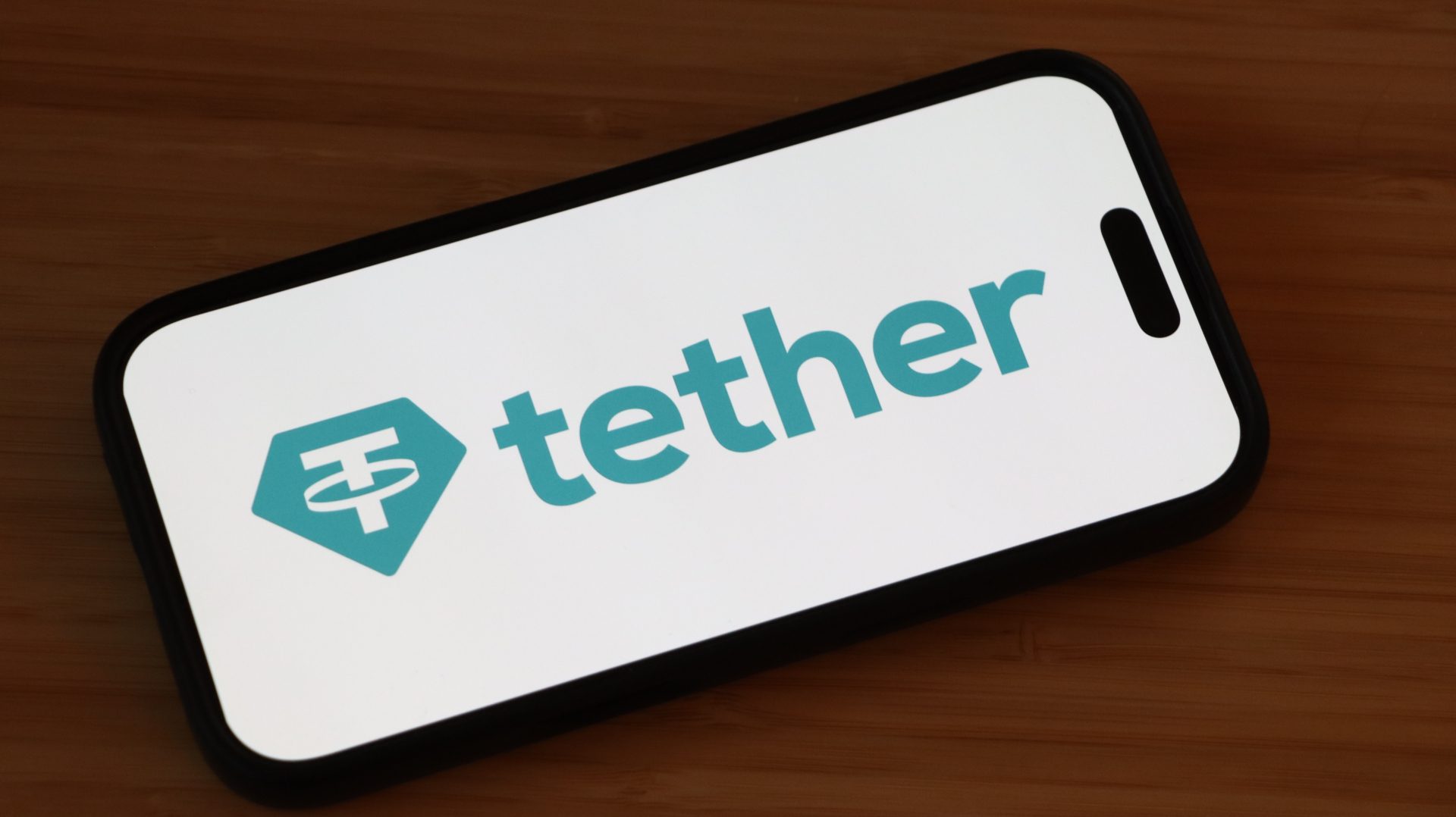
The Markets in Crypto-Assets Regulation (MICA), which entered into force in 2024, is a milestone for the European crypto sector. It positions Europe as a leader in the adoption and regulation of digital assets.
The law creates a clear legal framework that ensures more transparency, consumer protection and financial stability within the crypto industry. Nevertheless, Stablecoin giant Tether refuses to comply with this cryptow legislation. Why?
Tether is turning its back on Europe
Where many players in the industry are faced with the requirements of Brussels, Tether – the publisher of the world’s largest Stablecoin USDT – hits a completely different direction. CEO Paolo Ardoino is clear: the EU rules bring more risks than certainty, and do not fit their mission, he said in an interview with Cointelegraph.
According to the MICA rules, publishers of Stablecoins must apply for an expensive license as an electronic money setting, largely show their reserves with European banks and show full transparency. That means quarterly reports, audits and updates, something that tether is not historically ignoring.
The rule that at least 60% of the reserves must be in EU banks sees Ardoino as a ticking time bomb. “What if there is a wave of recordings and those banks get stuck?” he wonders. Instead, Tether prefers to keep his reserves in American government bonds, which according to them can be used for liquid, reliable and quickly.
In addition, there is distrust towards the digital euro. Tether fears that a centralized coin will offer space for supervision and even control of personal expenses. According to them, for countries where privacy and financial freedom are essential, that is a worrying development.
But perhaps the biggest argument why Tether Mica refuses: their users are not in Brussels, but in countries such as Turkey, Nigeria and Argentina. Where inflation is raging and banks falter, USDT offers stability. Mica forces Tether to invest in a market that does not form their core.
Doubt
Although the arguments of Tether sound valid at first glance, there are many experts who have their doubts. There have been worries about the actual coverage of the USDT-Stablecoin for years. Tether has for a long time refused to publish full audits verified by external auditors about their reserves.
Instead, the company published so -called ‘attestations’, statements from accountants about the balance at a specific time, without in -depth investigation into the underlying assets. That limited transparency raises the question: does Tether really have its coverage in order, or are they therefore avoiding the strict mica rules?
Source: https://newsbit.nl/tether-keert-europa-de-rug-toe-waarom-ze-mica-regels-weigeren/

